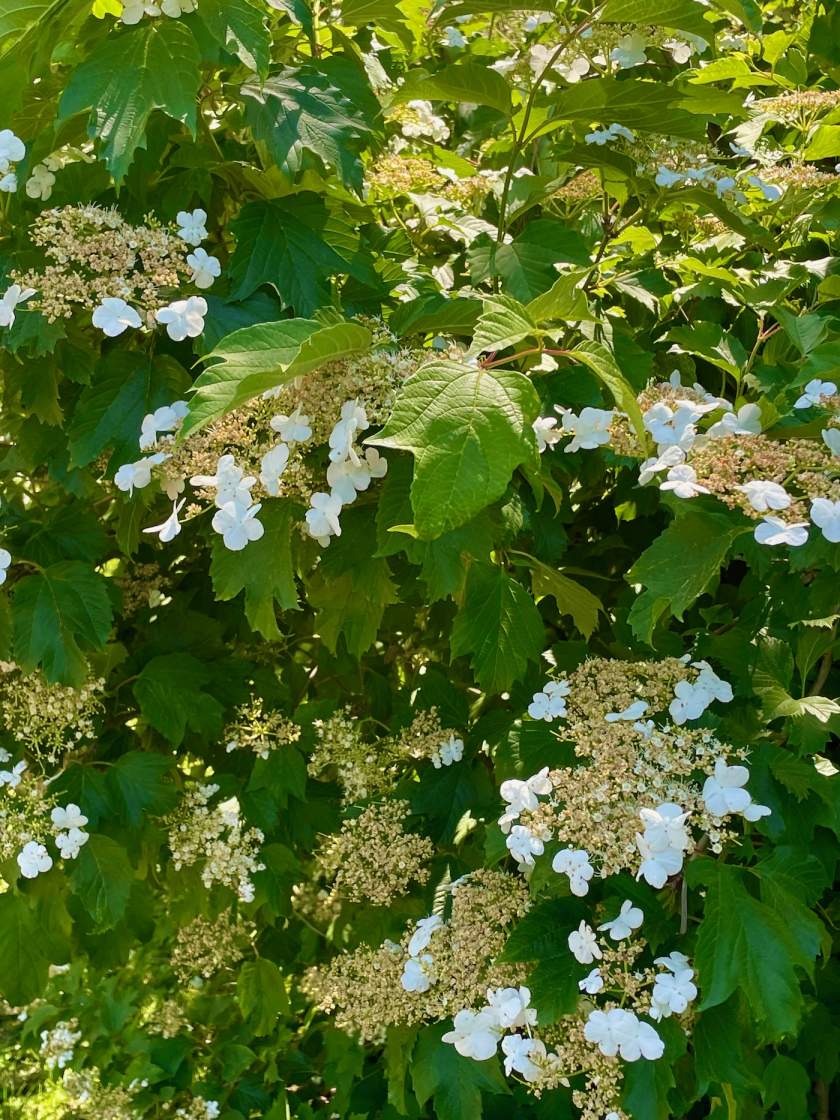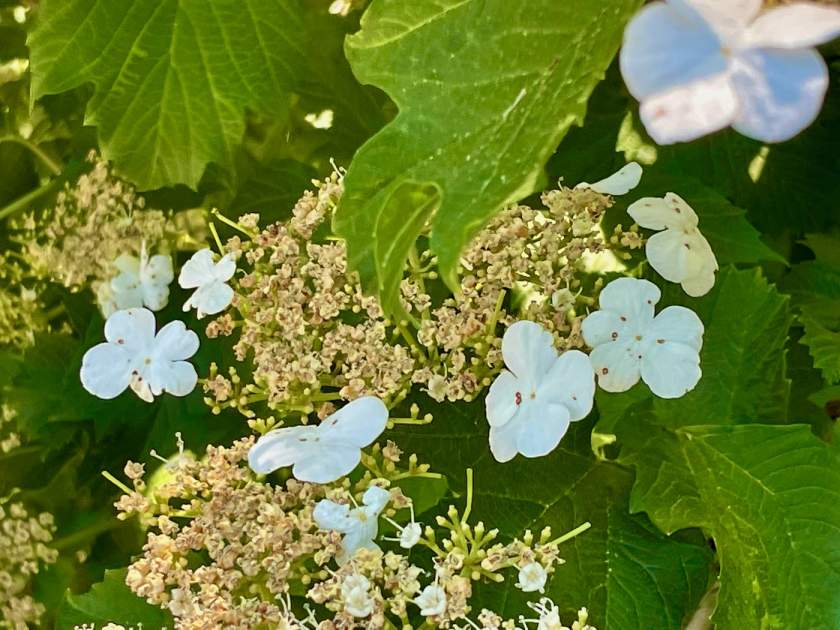Viburnum sargentii: The Sargent Cranberry Bush – A Stunning Deciduous Shrub for Your Garden
Viburnum sargentii, commonly known as Sargent viburnum or Sargent Cranberry Bush, is a captivating deciduous shrub belonging to the Adoxaceae family. With its attractive maple-like leaves and showy white flowers, this versatile plant adds beauty and interest to gardens. In this article, we will explore the background, characteristics, and cultivation of Viburnum sargentii, providing valuable information for gardeners looking to incorporate this remarkable shrub into their landscapes.
Background and Characteristics: Viburnum sargentii is native to Siberia, the Russian Far East, Mongolia, China, Japan, South Korea, and North Korea. It is an upright, rounded, multi-stemmed shrub that typically grows to a height of 12-15 feet and has a similar spread. The leaves of Viburnum sargentii are opposite, three-lobed, and toothed, resembling those of a maple tree. In spring, the leaves emerge with bronze purplish hues, mature to a medium-dark green in summer, and develop vibrant shades of yellow to red in the fall.
During the mid to late spring, Viburnum sargentii produces flat-topped cymes of flowers that measure around 3-4 inches across. Each cyme consists of small sterile flowers bordered by larger white fertile flowers, creating an eye-catching display. After flowering, the shrub forms spherical, scarlet, berry-like drupes that persist well into winter, adding further visual interest to the landscape.
Cultivation of Viburnum sargentii:
Sunlight: Viburnum sargentii thrives in full sun to part shade conditions. It can tolerate a range of light exposures but prefers at least six hours of direct sunlight per day for optimal growth and flowering.
Watering: While Viburnum sargentii prefers medium moisture, it can adapt to a variety of soil conditions. Water regularly, especially during the first year after planting, to establish a strong root system. Once established, the shrub becomes more drought-tolerant but will benefit from deep watering during periods of prolonged heat and dryness.
Soil: This shrub grows best in average, well-drained soil. While it prefers moist loams, it can tolerate a wide range of soil types. Adding organic matter, such as compost, to the soil before planting can improve drainage and fertility.
Pest and Disease Control: Viburnum sargentii is generally resistant to pests and diseases. However, it may be susceptible to powdery mildew in humid climates. To prevent or address this fungal infection, apply a suitable fungicide following the instructions on the label. Regular inspection and maintenance practices, such as removing fallen leaves and debris, can also help reduce the risk of pests and diseases.
Propagation:
Softwood Cuttings: Take softwood cuttings in the spring or summer from new growth on the shrub. Cuttings should be approximately 3 inches long and have at least 2 nodes. Apply rooting hormone to the base of the cuttings and plant them in a well-draining potting mix. Keep the potting mix consistently moist and provide a warm, shady environment. Within 4-6 weeks, the cuttings should develop roots and can be transplanted into larger containers or directly into the garden.
Air Layering: Air layering is another effective method of propagating Viburnum sargentii. In the spring or summer, make a cut in the bark of a healthy stem about 1 inch below a node. Remove the bark from the surrounding area and wrap moist sphagnum moss around the cut section. Secure the moss with plastic wrap and keep it moist. After several weeks, roots will form. Once rooted, cut the stem from the mother plant and plant it in a pot or directly in the ground.
By following these cultivation and propagation techniques, gardeners can enjoy the beauty and resilience of Viburnum sargentii. Whether used as a stunning hedge or a standalone specimen, this shrub’s attractive foliage, showy flowers, and low maintenance requirements make it a valuable addition to any garden.





